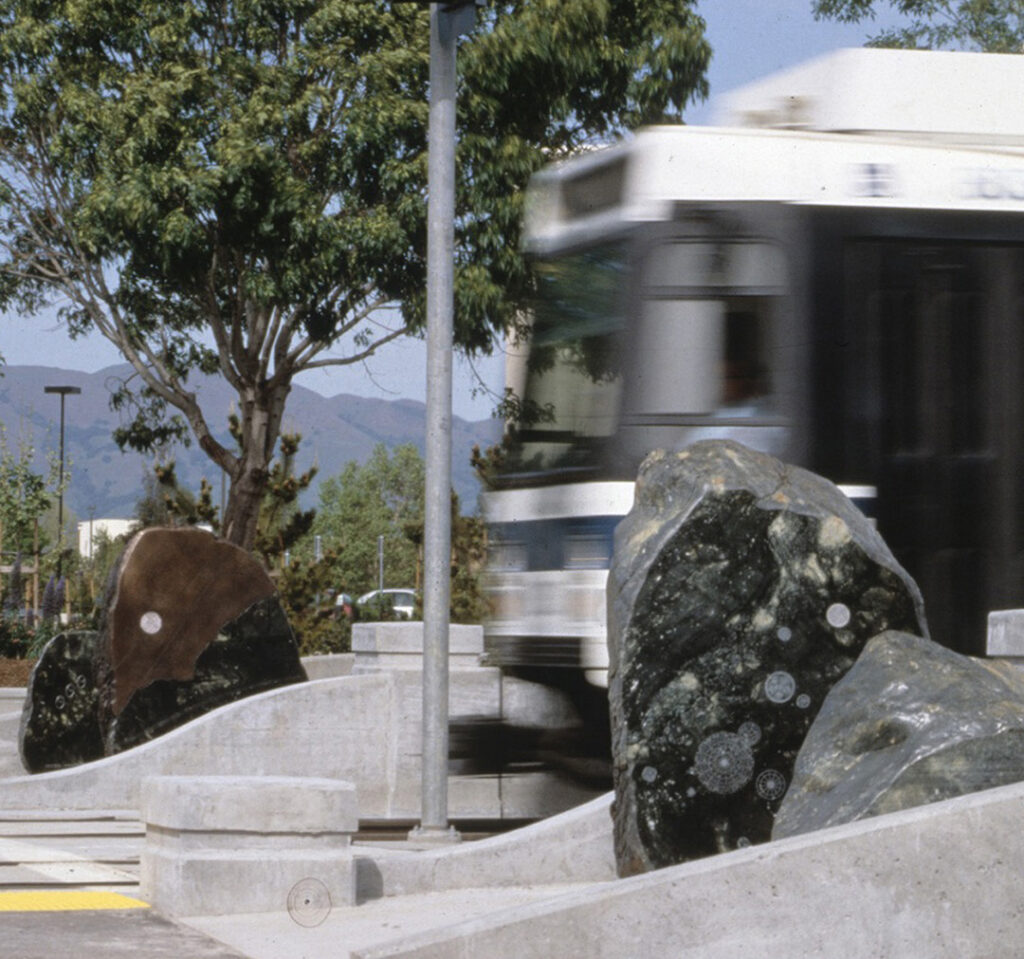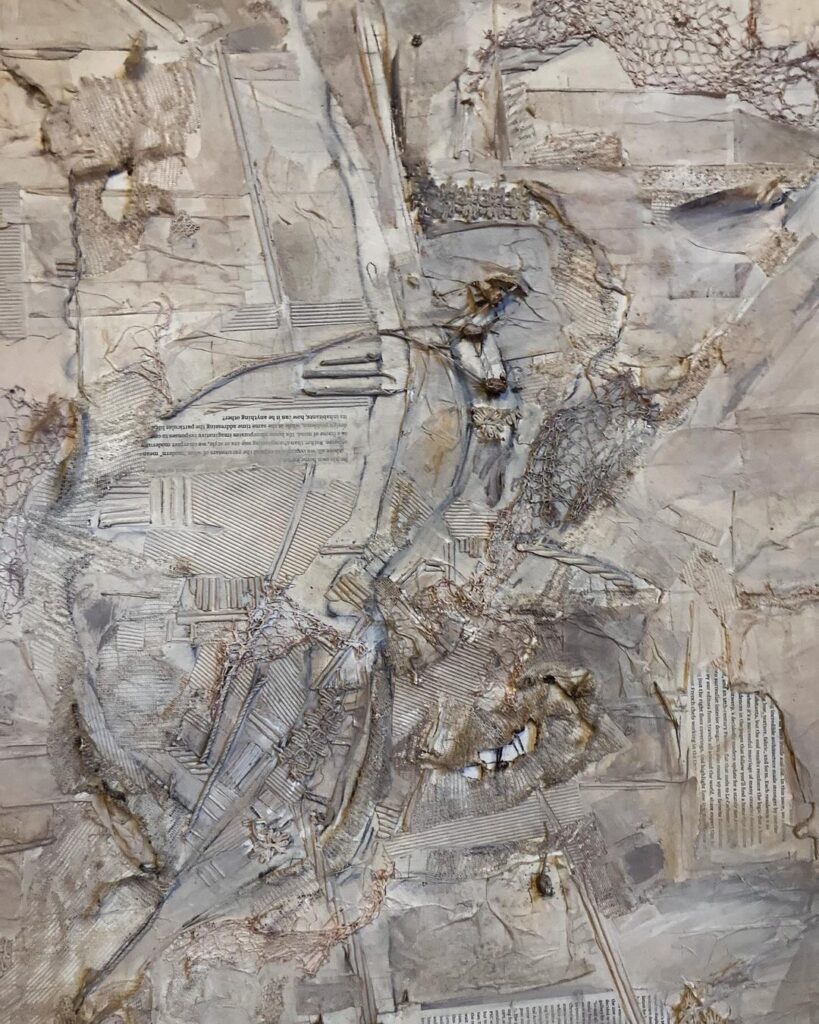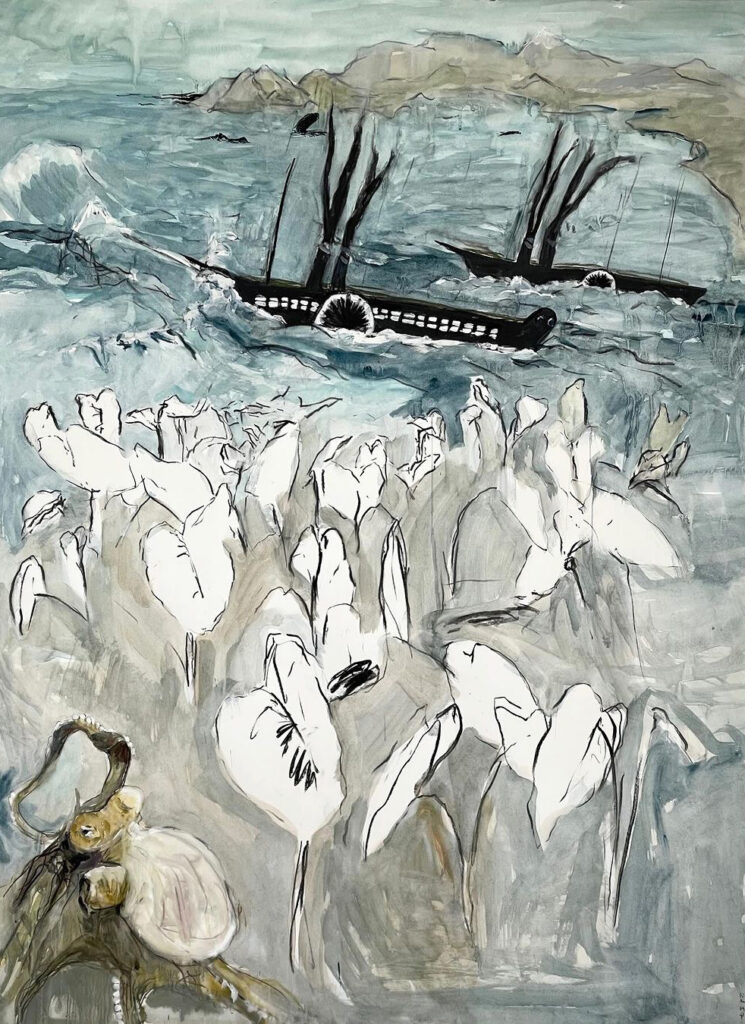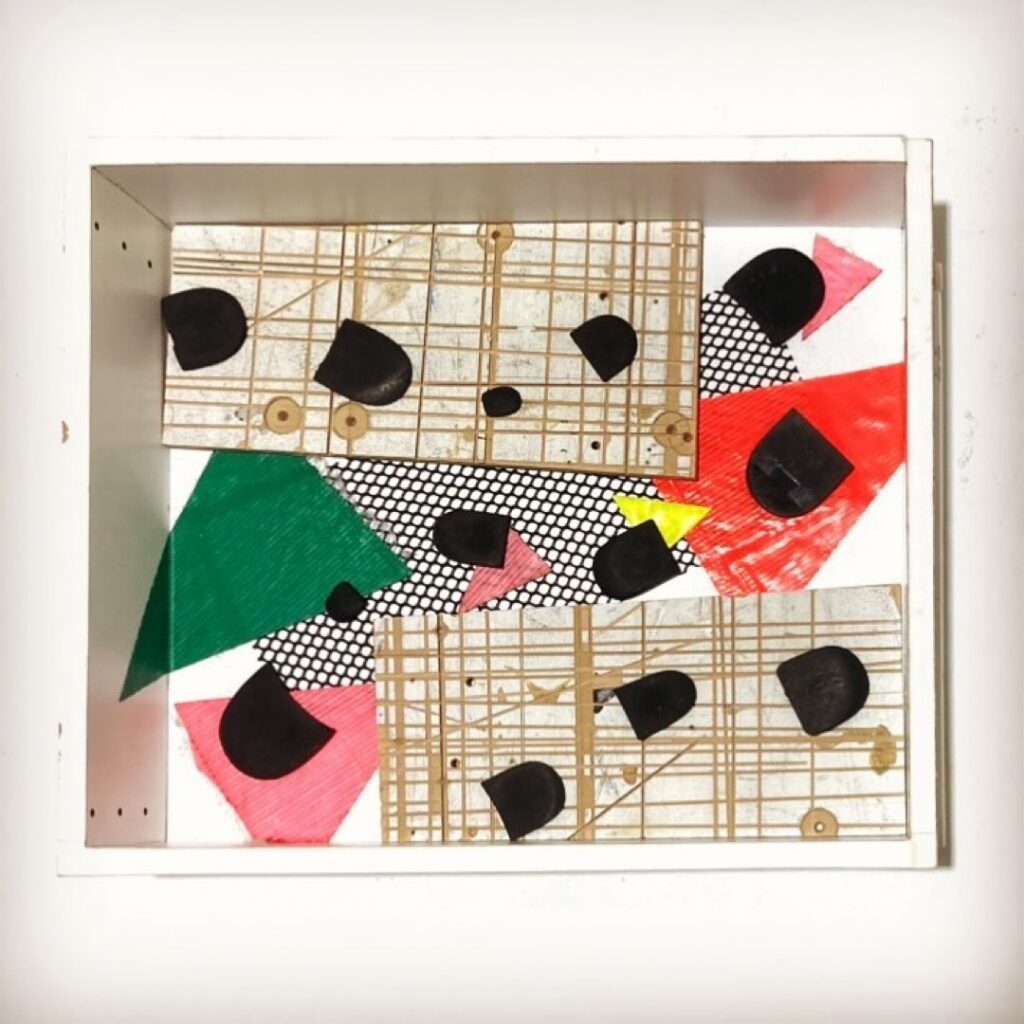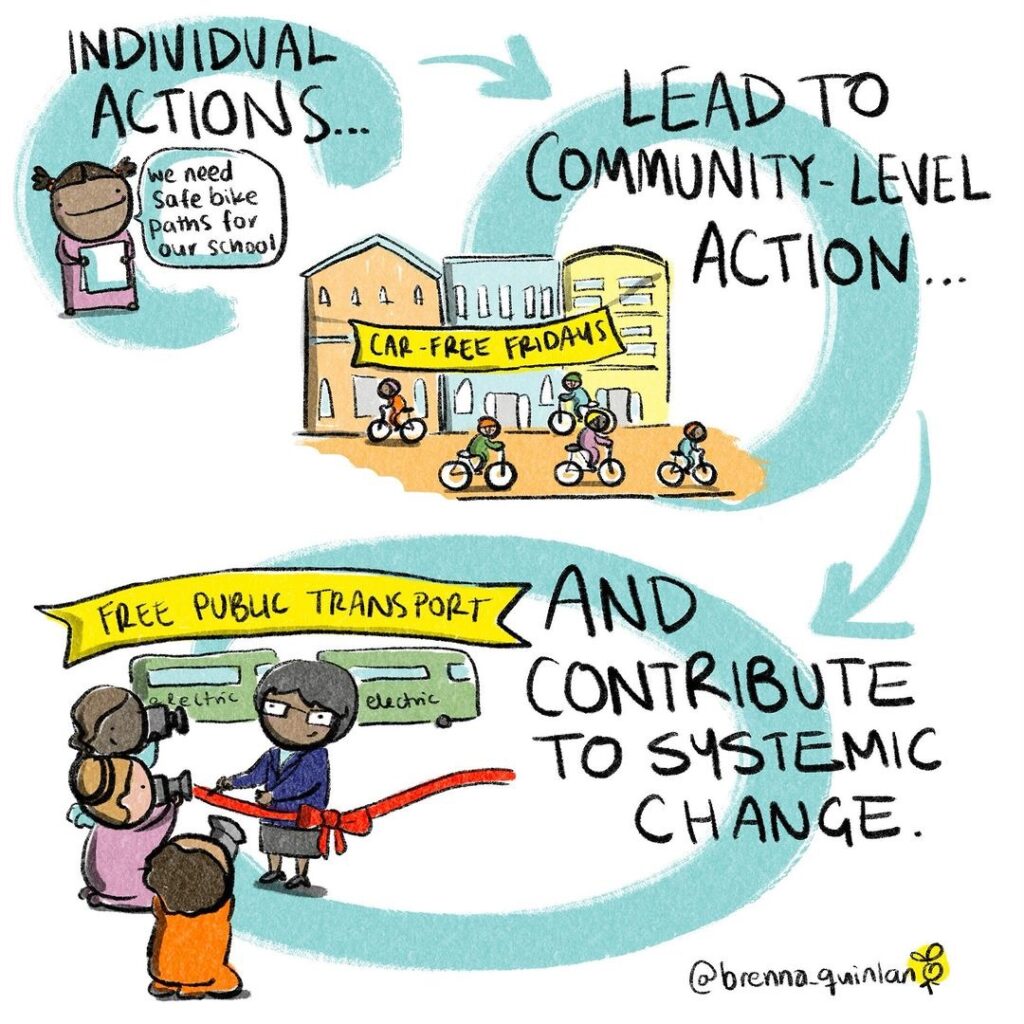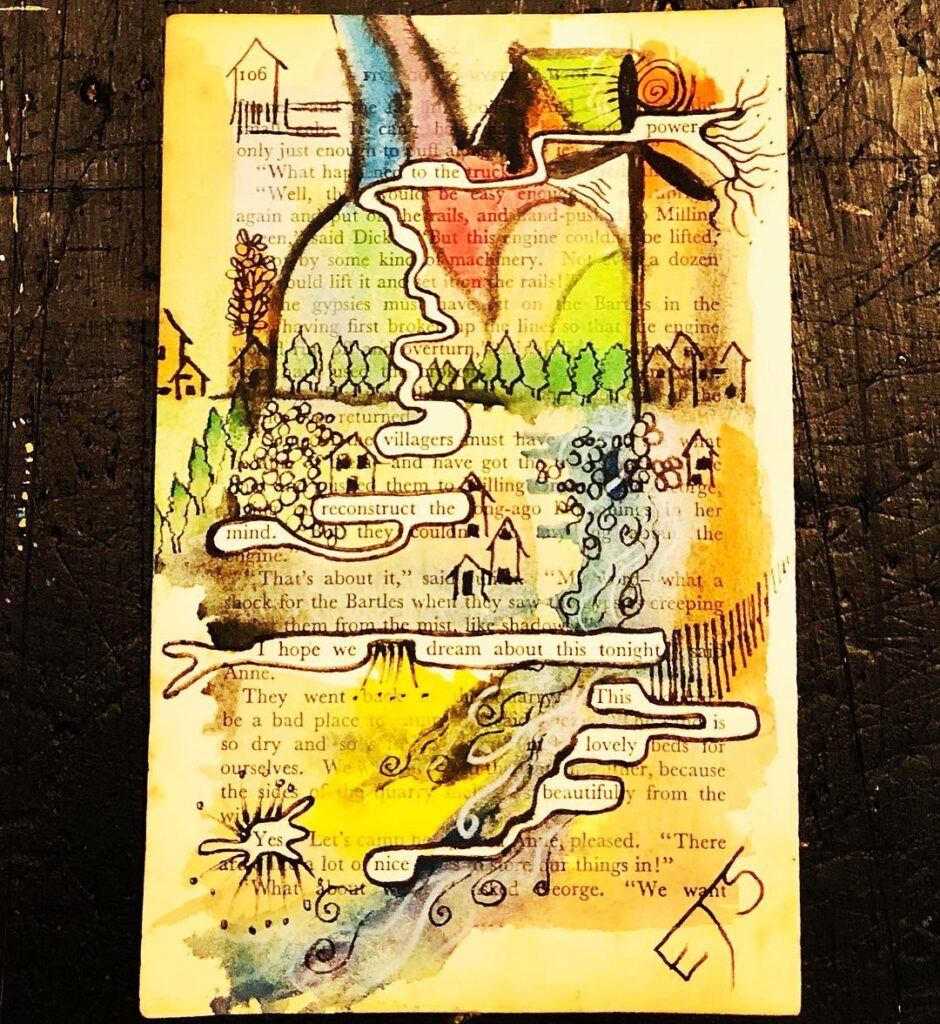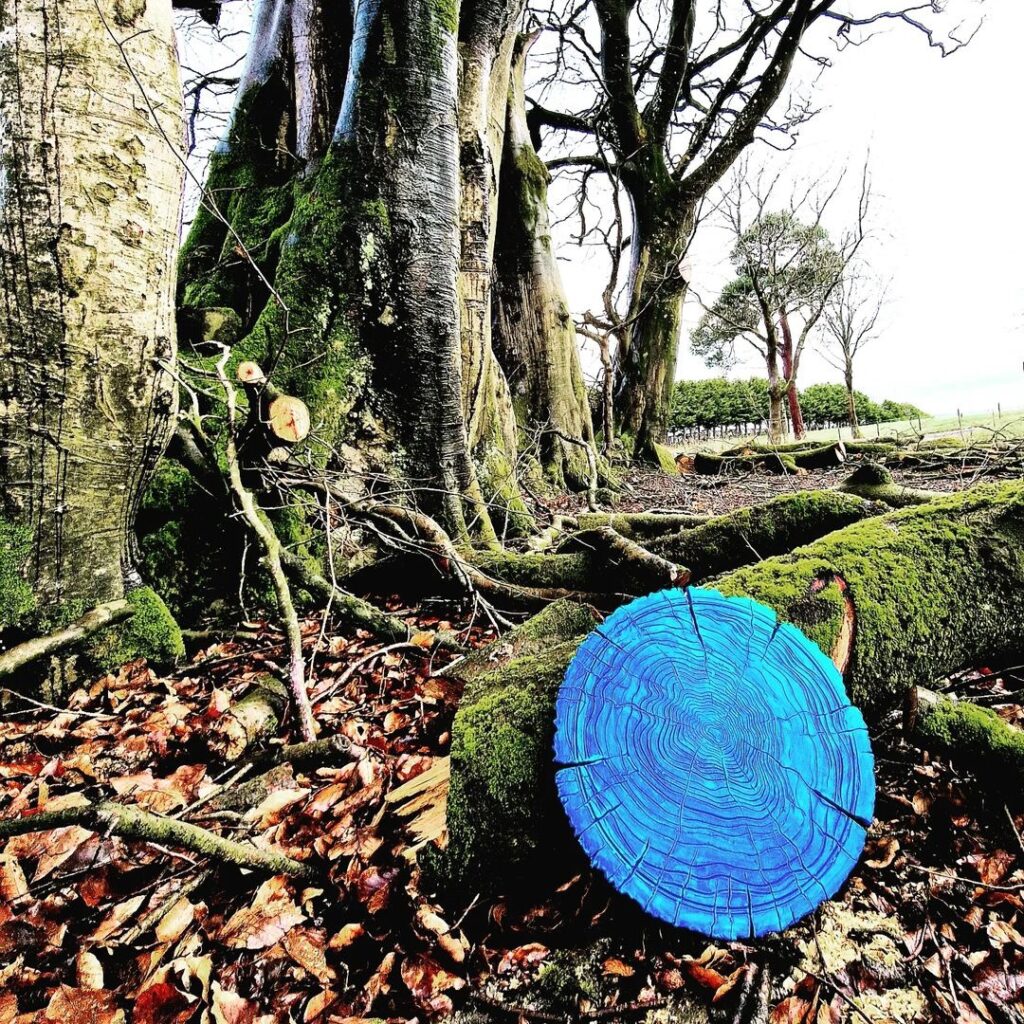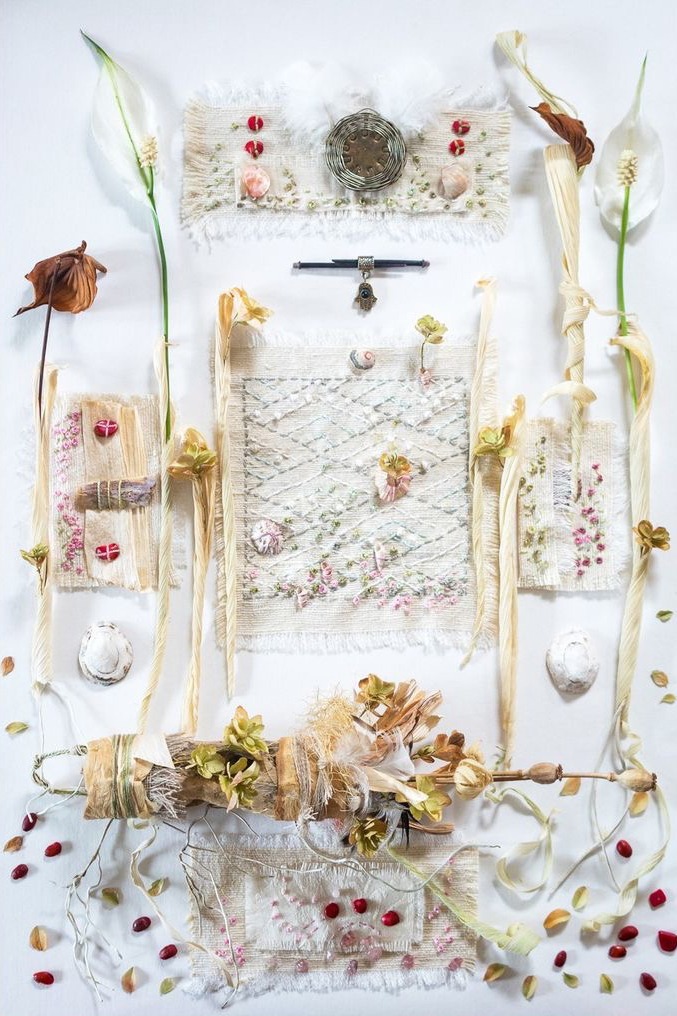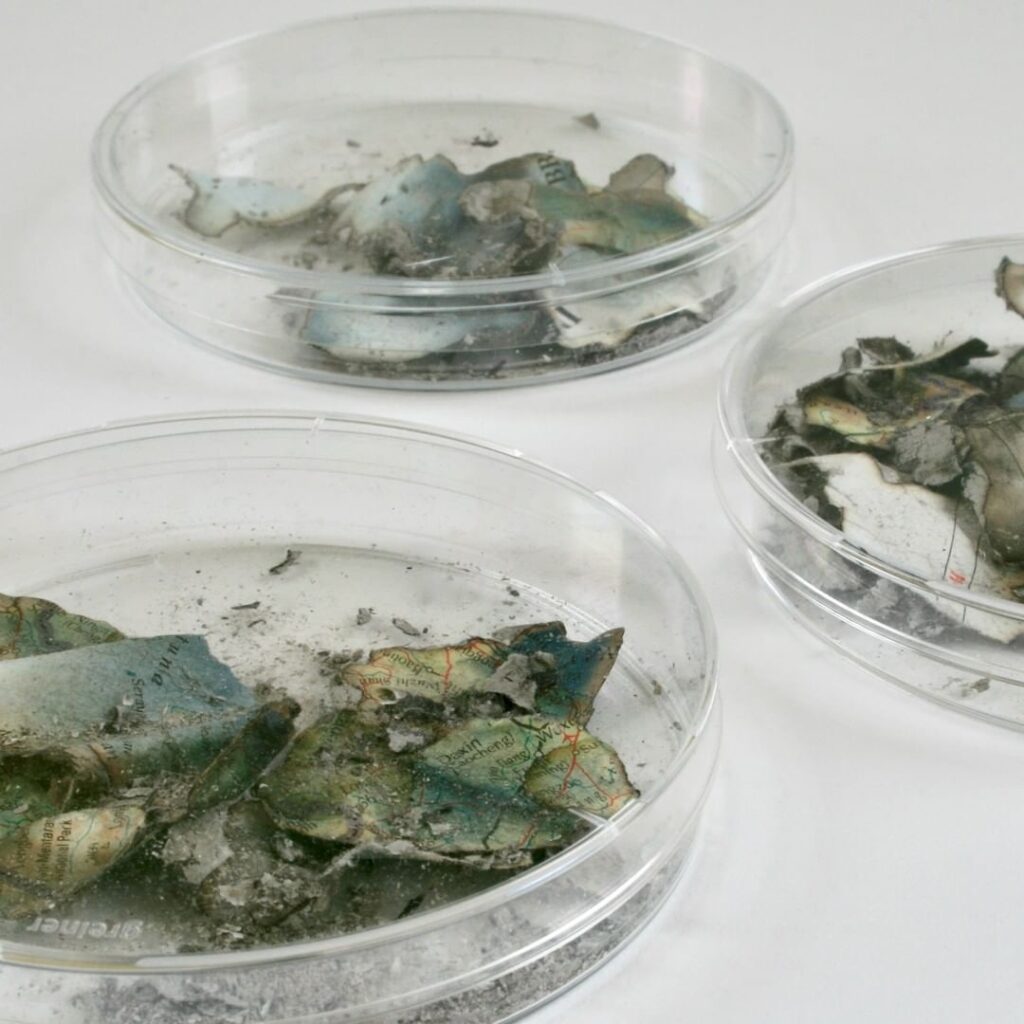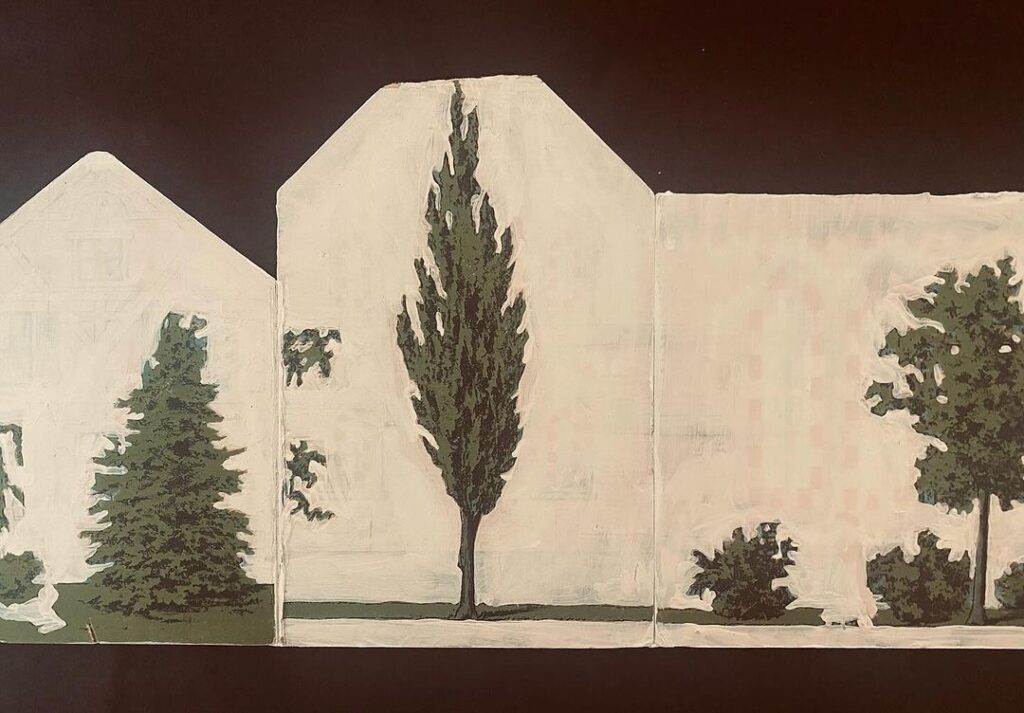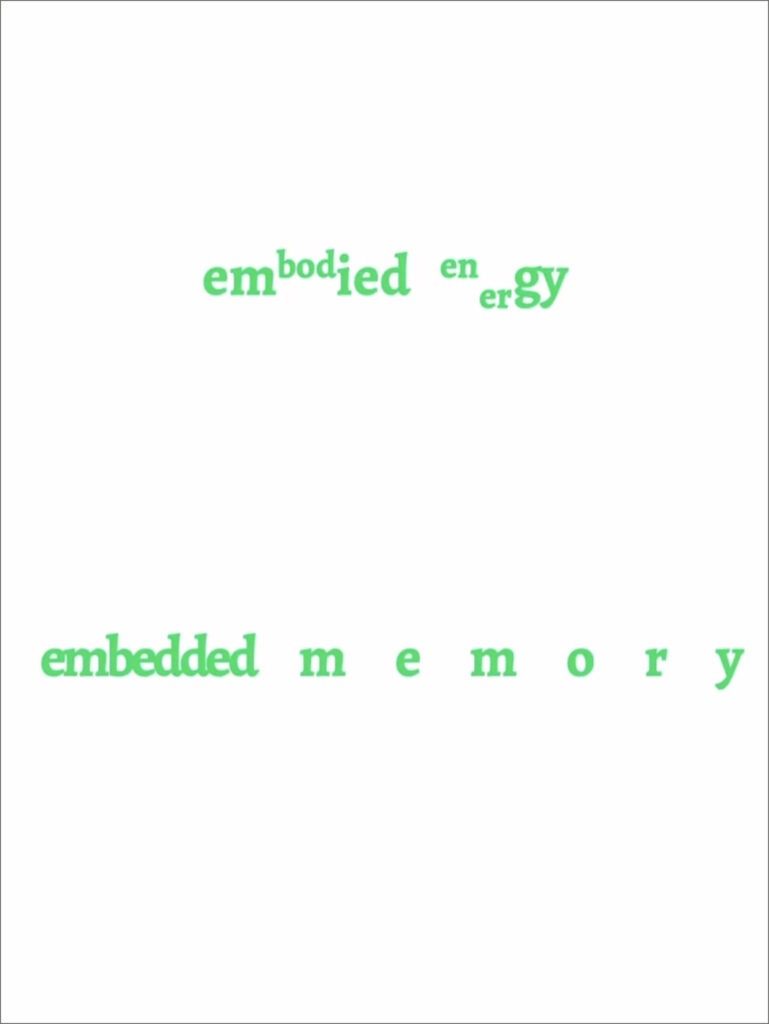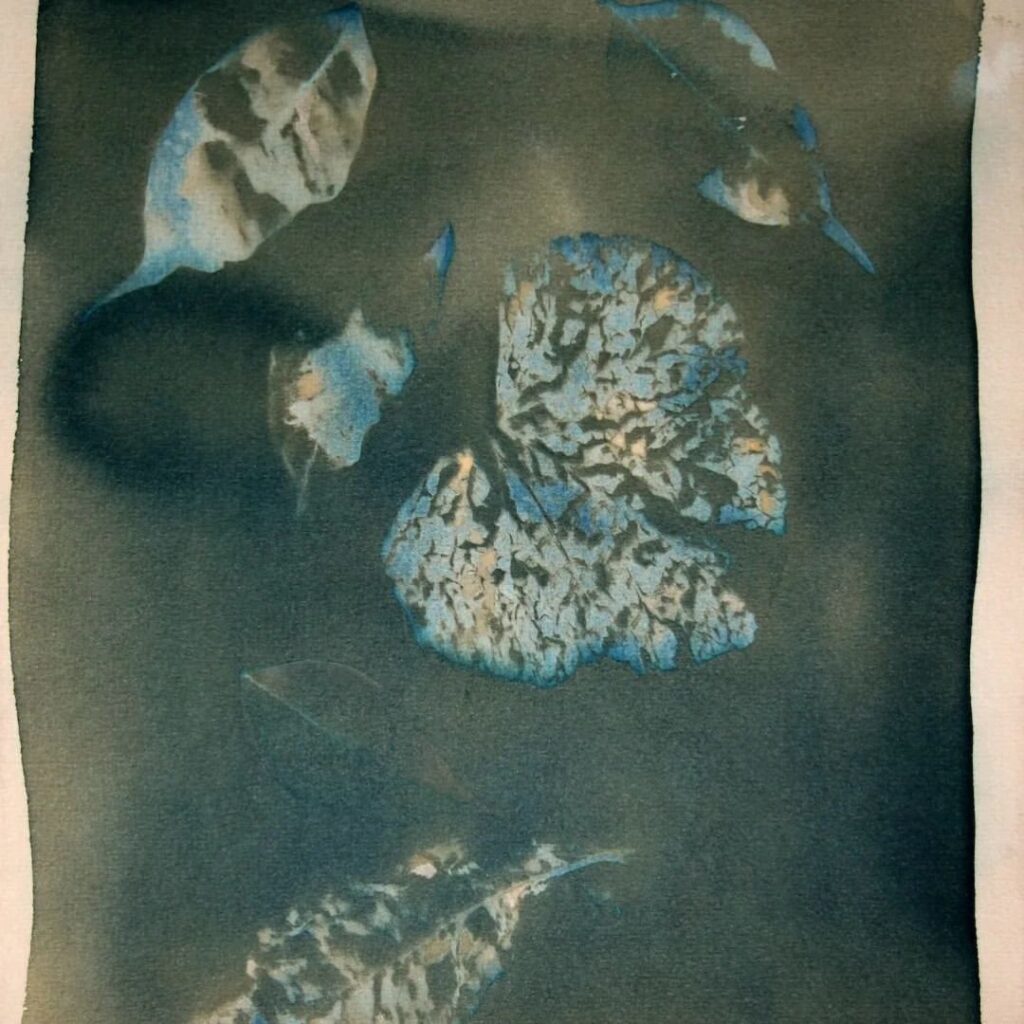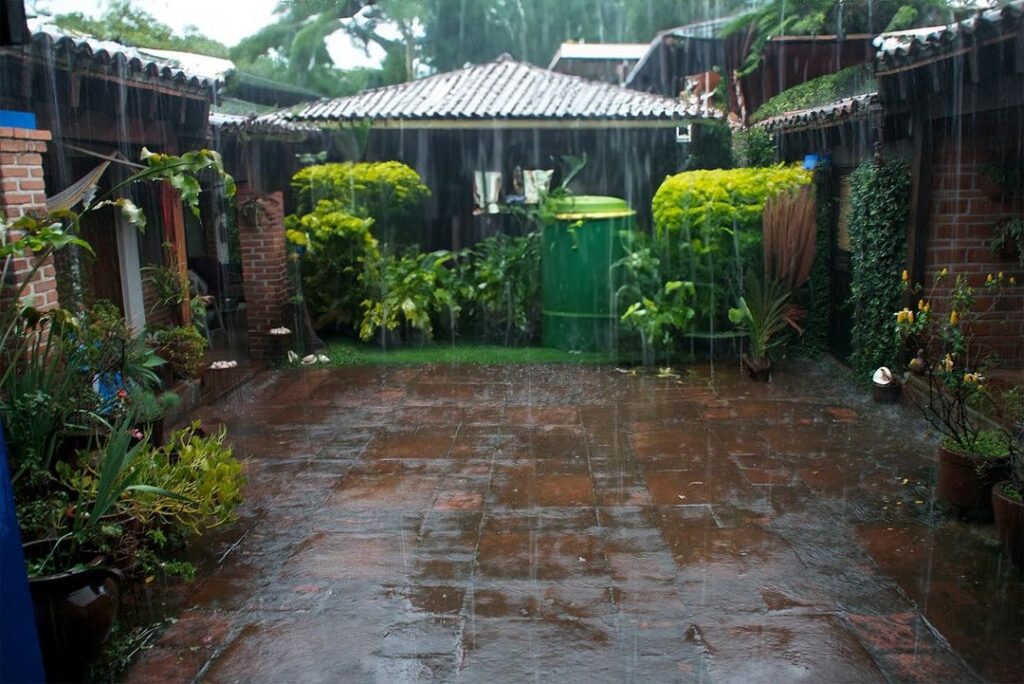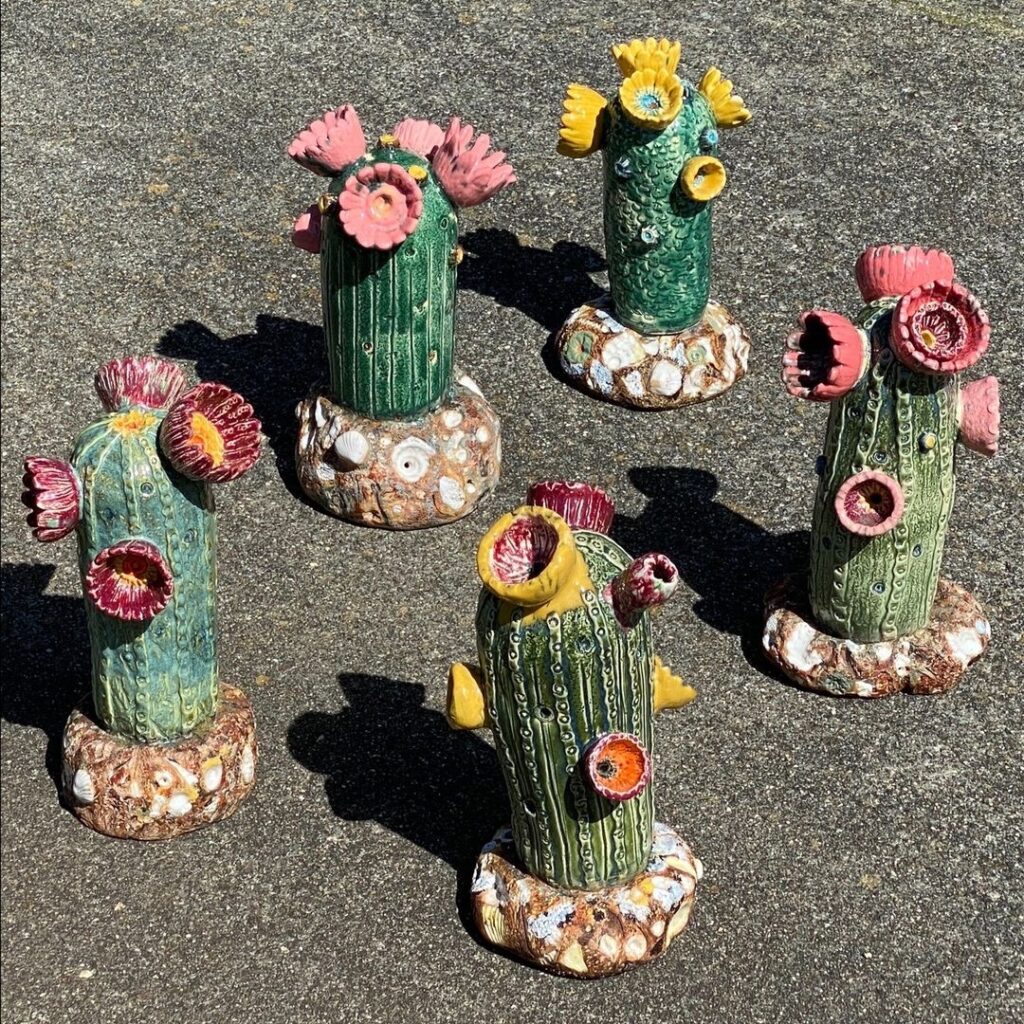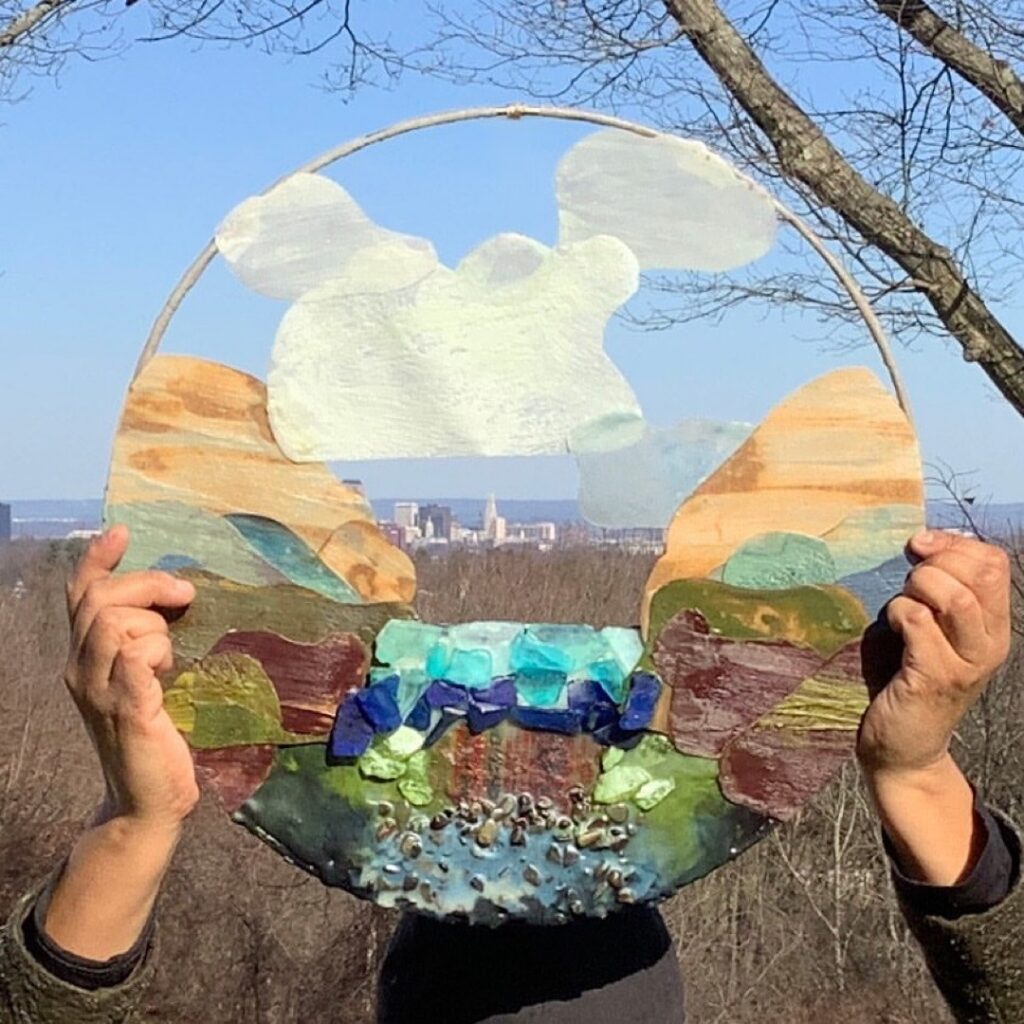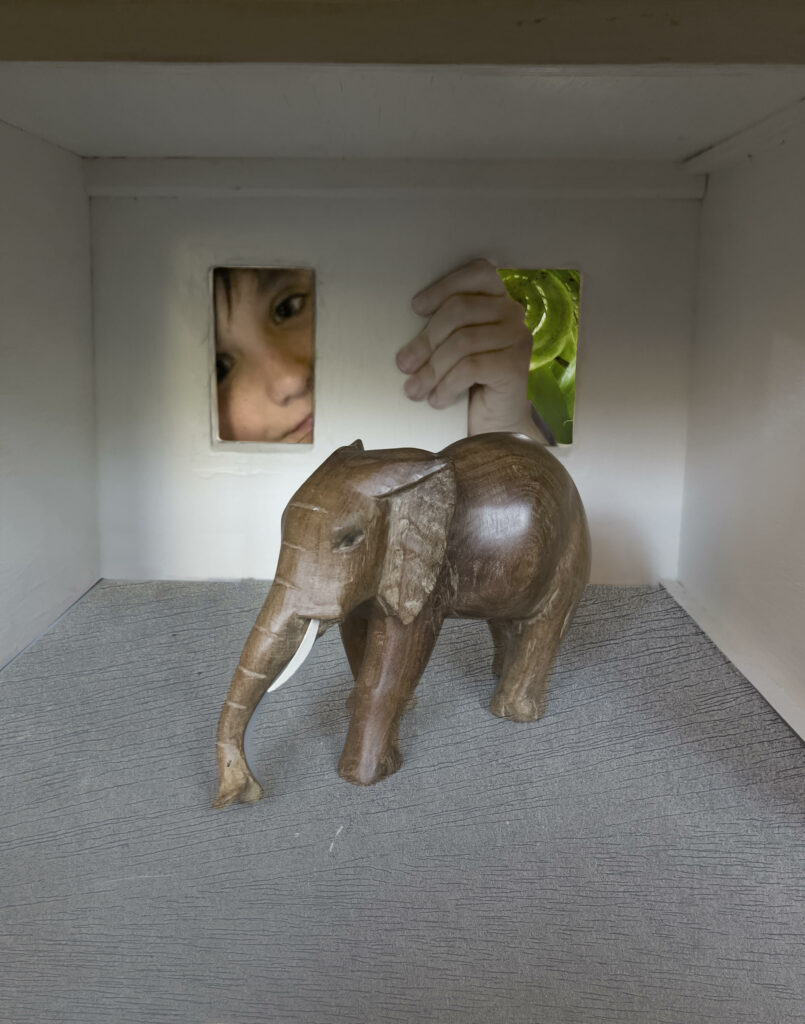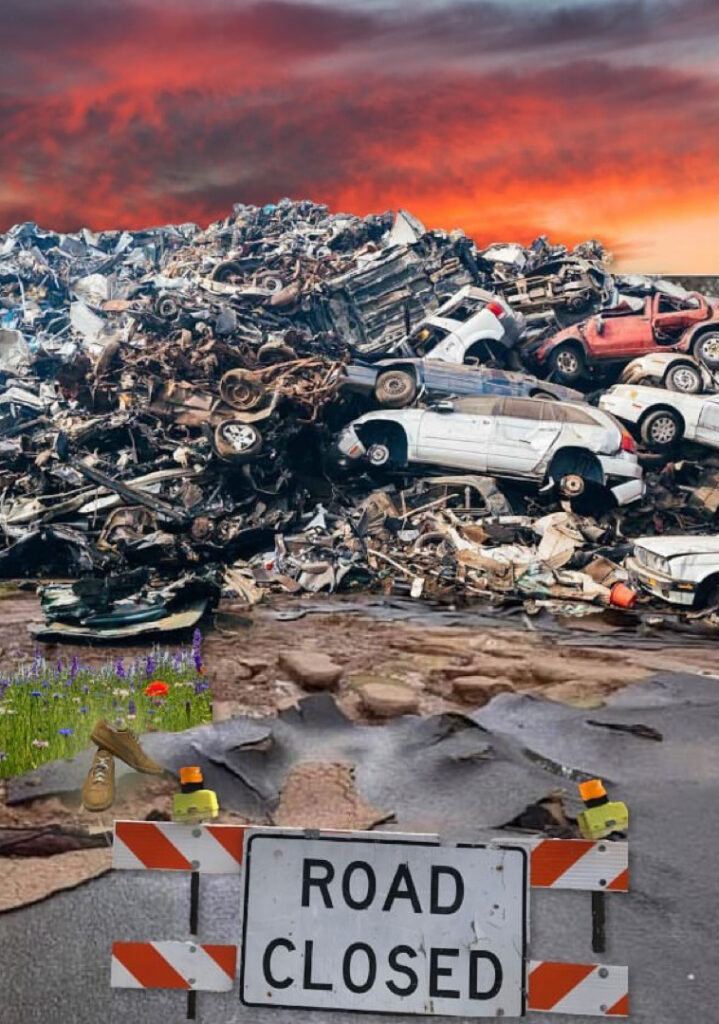“Manufacturing, transportation, and buildings use energy to provide goods and services; transforming these sectors will entail finding ways to use less energy for these purposes, ways to use it that suit renewable energy sources, and ways to provide for human needs while using fewer material resources and producing less pollution. Land use planning touches on every aspect of local government concern, involving decisions on air quality, water quality, biodiversity, transportation options, economic vitality, and quality of life. And sound public policy is essential to community resilience efforts—with the recognition that imposing policies from above without adequate understanding of, or support for, those policies from community members will lead to political failure.”
– Richard Heinberg
Join The List
Want to hear from us occasionally? Subscribe to our newsletter
